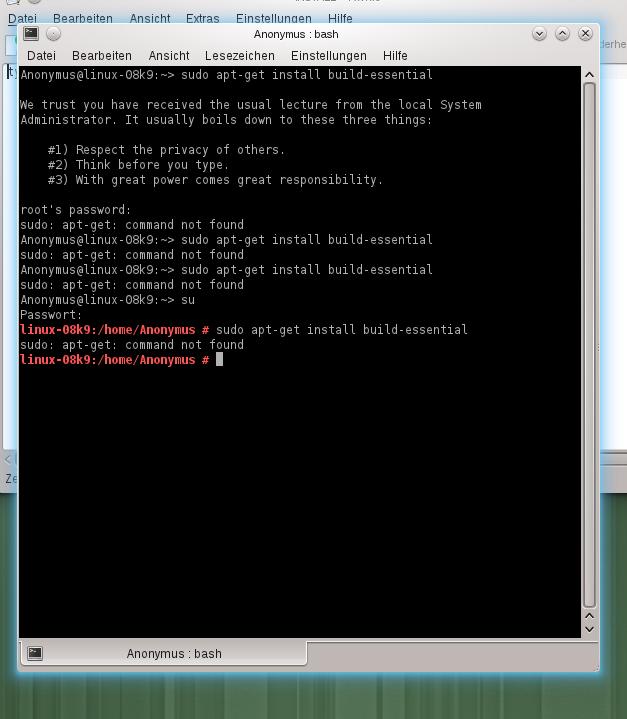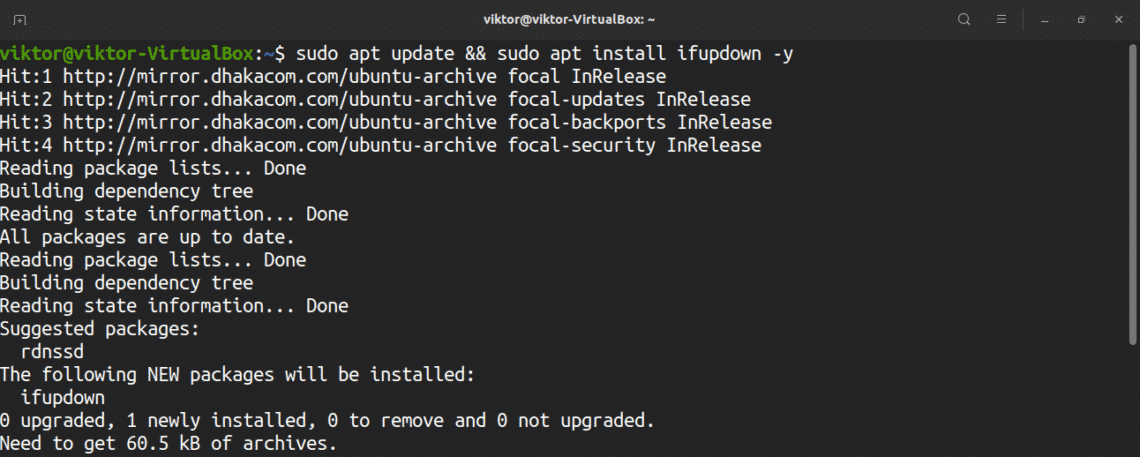

Once you do, you can issue a command like this: sudo We have not used any options in this command line.
#Install sudo install
You must logout, and then login, to inherit the group membership change. As you can see in the above picture, the command-line sudo apt-get install in question contains the command named apt-get ,the sub-command named install and the argument named gedit. You can check the results using the id command: # id This group is already set up to provide sudo access: usermod -a -G wheel john List Allowed Commands Current User sudo -l List.

It also lists the other configuration parameters configured for the user, such as timeout, command restrictions, etc.

#Install sudo how to
Next run this command to add your username to the special wheel group. How To Install and Configure SUDO on RHEL 7 3 P a g e chmod -c 0440 /etc/sudoers Listing Commands Commands that can be executed for user and logged in user can be listed. Enter the password for root at the prompt. In this example, your account name is john. Next, use this command to assume privileges of root, the system administrator. Use this command to verify your user account name: $ id If you’ve already installed your system, don’t worry. They typically have a single user who owns the system. This is a time saver for installations like laptops. In the installer, when you set up a normal user account, check the option for Make this user administrator:īehind the scenes, this option sets up the user so they can use sudo when they login. Change to the directory containing the qpm-plugin package for your specific platform. If you are installing Fedora, you can configure this function in advance. To install a Sudo Plugin on a remote host. Allows sharing of privileges without sharing the root password.Supports automatic command line completion.Keeps a log when someone uses sudo to run a command.Unlike some other methods, it also offers some key features:

The sudo command lets you run a command as if you’re the administrator, known as root. Certain commands in Fedora expect to be run only by a privileged user or administrator. For more information about Oracle (NYSE:ORCL), visit sudo command makes it easier to manage your Fedora system. Oracle offers a comprehensive and fully integrated stack of cloud applications and platform services. My Oracle Support provides customers with access to over a million knowledge articles and a vibrant support community of peers and Oracle experts.
#Install sudo full
To view full details, sign in with your My Oracle Support account.ĭon't have a My Oracle Support account? Click to get started! The first security requirement to allow named users to be able to run "sudo /bin/sh " might be considered a potentially unacceptable security hole.Īlternatively, specify the commands to be executed by the locked account user with the sudo privilege for doing agent deployment. Set the .pdpShellOutEnabled parameter to false in the /sysman/prov/agentpush/agentpush.properties file, if sudo is configured for the locked out user


 0 kommentar(er)
0 kommentar(er)
